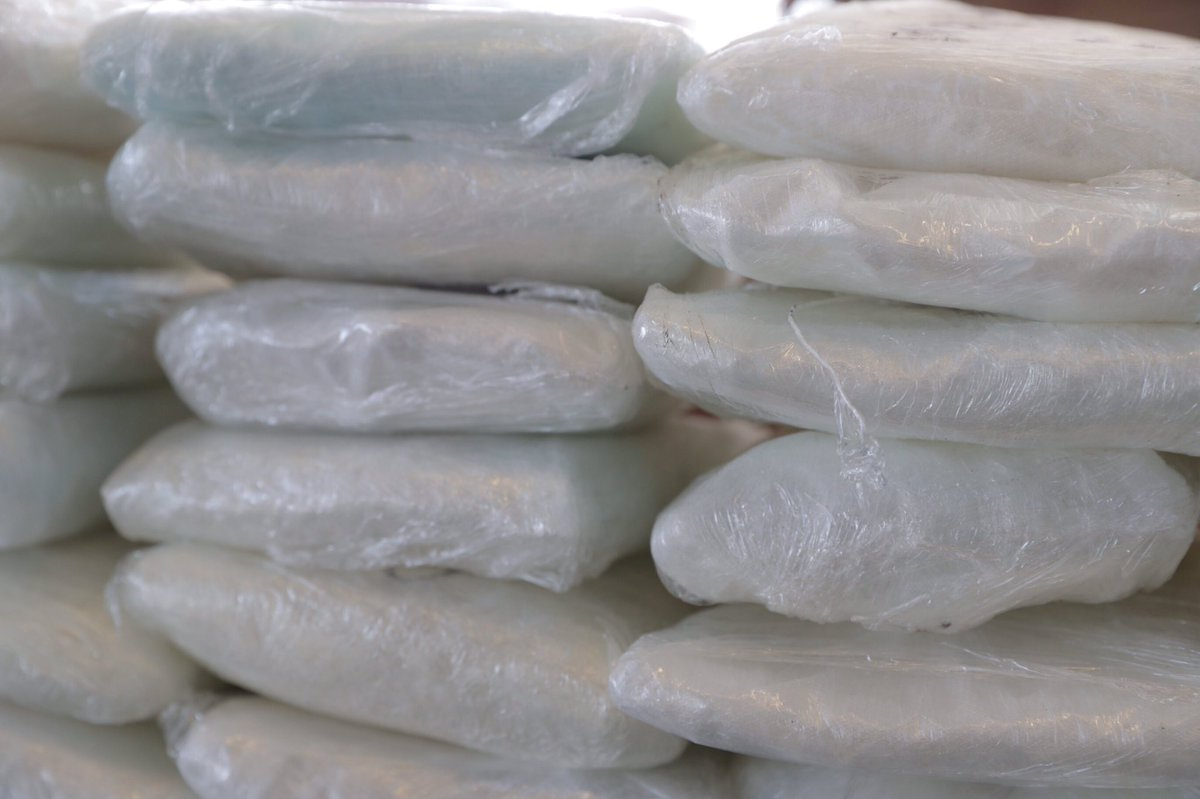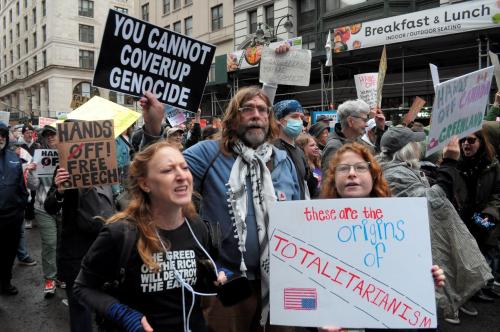This paper comes from the paper series “The opioid crisis in America: Domestic and international dimensions.”
Executive summary
Since 2013, China has been the principal source of the fentanyl flooding the U.S. illicit drug market—or of the precursor agents from which fentanyl is produced, often in Mexico—fueling the deadliest drug epidemic in U.S. history. Both the Obama and Trump administrations devoted significant diplomatic capital to persuading China to crack down on the supply of fentanyl from China to the United States, with China finally announcing in April 2019 that the production, sales, and export of all fentanyl-class drugs are prohibited, except by authorized firms which the Chinese government has granted special licenses.
The issue at stake now is whether and how effectively China will enforce this new regulation both with regard to finished fentanyl and the large quantities of fentanyl precursors transshipped to Mexico. The enforcement challenge is formidable since China’s pharmaceutical and chemical industries involve tens of thousands of firms and hundreds of thousands of facilities, and China lacks adequate inspection and monitoring capacity. This policy paper draws on lessons from several sets of regulatory domains in China to identify the conditions under which China enforces its regulations. The explored regulatory domains include illicit methamphetamine production in China and its anti-trafficking collaboration with Australia; wildlife trade and the enforcement of anti-wildlife trafficking regulations since the early 1990s, including in the wake of the Severe Acute Respiratory Syndrome (SARS) and COVID-19 epidemics; and the evolution of the tobacco industry.
The following pattern emerges: The government of China at first tends to deny the existence of a problem. Under international or strong domestic pressure, it eventually moves to tighten regulation. But its enforcement tends to be limited and subverted by powerful vested interests of industry representatives, officials of line ministries charged with regulating or promoting the industry, and government officials. Geostrategic interests also trump other considerations, such as enforcement of regulatory compliance.
Despite the fact that China prides itself on having a strong counternarcotics stance and reputation, China is highly unlikely to mount counternarcotics cooperation with the United States approaching the level of its collaboration with Australia on methamphetamines unless it starts experiencing its own synthetic opioid epidemic. Moreover, the significant deterioration of U.S.-Chinese relations may further undermine China’s willingness to diligently enforce the new fentanyl regulation.
Still, the United States should seek to strongly incentivize Beijing to diligently enforce its new regulations on fentanyl, adopting a four-pronged approach to opioid supply from China:
- With respect to the government of China, the United States should seek to delink counternarcotics policy and its enforcement from the U.S.-China global rivalry and encourage broad international cooperation with the United Nations, the European Union, and other countries concerned about synthetic drugs and their precursors produced in China;
- With respect to Chinese pharmaceutical companies, the United States can mandate that all companies seeking to sell legal fentanyl in the United States institute transparent and verifiable monitoring (such as through close-circuit TV systems) of their production facilities, follow best practices developed in the pharmaceutical sector, and contribute samples of fentanyl and other opioids they produce to U.S. and possibly also international drug databases;
- With respect to prominent Chinese pharmaceutical and chemical industry officials, the United States can develop packages of leverage; and
- With respect drug traffickers, the United States should continue gathering legal indictment portfolios.
The Brookings Institution is committed to quality, independence, and impact.
We are supported by a diverse array of funders. In line with our values and policies, each Brookings publication represents the sole views of its author(s).







